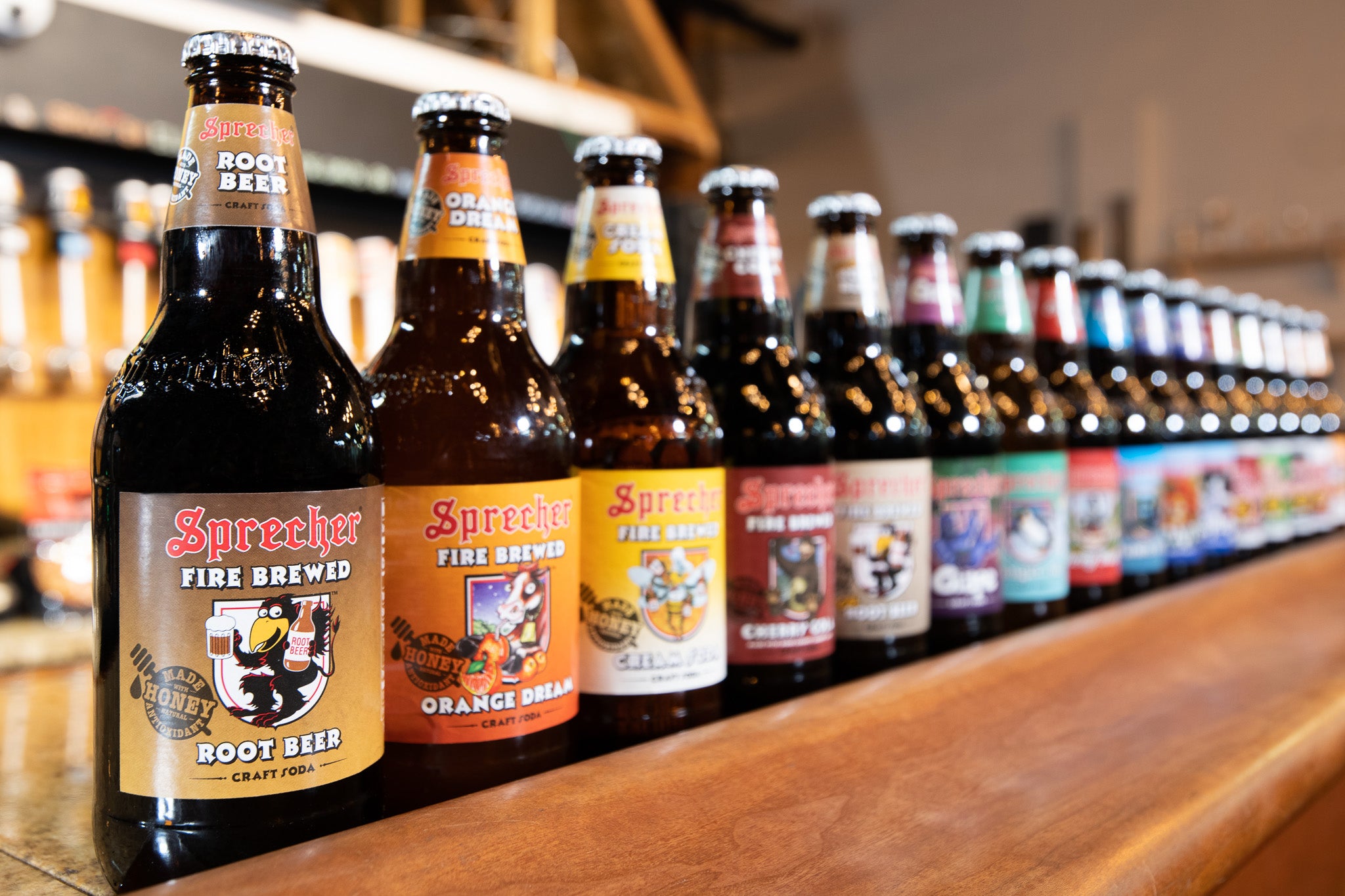From Mash to Bottle: The Details of Craft Distillery Production Revealed
Craft distillery production is a meticulous procedure that involves a series of elaborate steps to transform raw active ingredients right into a polished spirit all set for intake. From the first phases of mash prep work to the last touches of bottling and labeling, each stage of manufacturing plays an essential function in shaping the character and quality of the final product (Breweries in Galveston Texas). As we unravel the complexities of craft distillery production, we will certainly reveal the virtuosity and scientific research behind each step, dropping light on the concealed globe that culminates in the development of a one-of-a-kind and extraordinary spirit
The Art of Mash Prep Work
Mash preparation in craft distillery production is a thorough procedure that lays the structure for the quality and flavor profile of the final distilled spirits. The art of mash prep work entails incorporating grains such as barley, corn, rye, or wheat with water and enzymes to transform the starches into fermentable sugars. This critical step needs accuracy in the selection of grains, water high quality, and enzyme activity to guarantee optimal sugar removal throughout fermentation.
Craft distilleries take great treatment in sourcing top notch grains as they straight impact the preference and personality of the spirits. The proportions of different grains utilized in the mash expense are also carefully computed to accomplish the wanted flavor account. Furthermore, factors such as water temperature level, pH degrees, and blending techniques play a significant duty in the mashing process.
As soon as the mash is prepared, it undergoes fermentation, where yeast is included to convert sugars right into alcohol. The quality of the mash directly affects the efficiency of fermentation and eventually, the overall high quality of the distilled spirits. Craft distilleries satisfaction themselves on their attention to information throughout mash preparation, identifying its significance in developing outstanding spirits.
Fermentation: Transforming Components Into Alcohol
Just how do craft distilleries transform thoroughly ready ingredients into alcohol with the procedure of fermentation? Fermentation is an important action in craft distillery manufacturing where yeast interacts with sugars to produce alcohol. After the mash prep work phase, the fluid, called wort, is transferred to fermentation containers. Yeast is after that contributed to the wort, where it consumes the sugars present in the blend, transforming them into alcohol and carbon dioxide.

Throughout fermentation, the temperature level and environment are carefully checked to guarantee optimum conditions for yeast activity. This procedure generally takes a number of days to a week, depending on the preferred alcohol web content and flavor account. As the yeast works its magic, the liquid undertakes considerable chemical modifications, leading to the formation Galveston Liquor of alcohol.
Once fermentation is total, the resulting fluid is referred to as the laundry or beer. This alcoholic fluid offers as the structure for the subsequent distillation process, where it will certainly be changed right into the final spirit through cautious workmanship and accuracy strategies.
Purification Techniques and Equipment
Using specialized equipment and specific techniques, craft distilleries use various distillation techniques to essence and refine the alcohol web content of the fermented laundry, ultimately forming the character and top quality of the final spirit. Crossbreed stills integrate components of both pot and column stills, using distillers flexibility in crafting a varied range of spirits. Craft distillers usually experiment with different tools configurations and distillation approaches to achieve one-of-a-kind and outstanding spirits that show their creative thinking and experience.
Aging Process: From Barrel to Container
With the distilled spirits now prepared, the focus shifts towards the essential phase of the aging procedure, where the improvement from barrel to bottle imbues the fluid with unique flavors and qualities. The choice of barrel type, whether oak, charred, or previously utilized for various other spirits, greatly influences great site the final preference account.

Bottling and Identifying: Last Touches
Upon conclusion of the aging process, the craft distillery meticulously proceeds with the meticulous jobs of bottling and identifying, including the final touches that will certainly provide the spirit to consumers. Craft distilleries usually utilize automated bottling lines geared up with equipment such as labelers, cappers, and fillers to streamline the procedure.
Labels typically consist of vital info like the spirit's name, alcohol web content, and beginning. Additionally, some craft distilleries hand-label their bottles for a tailored touch, especially for limited edition launches.
As soon as the containers are filled, sealed, and classified, they undertake a final evaluation to assure they fulfill the distillery's standards. This attention to detail in the bottling and classifying process shows the craft distillery's dedication to supplying a premium product to consumers.

Conclusion
Finally, the you can find out more process of craft distillery manufacturing includes precise actions such as mash prep work, fermentation, distillation, aging, and bottling (Galveston Whiskey). Each stage requires careful attention to information and customized equipment to make sure the end product satisfies high standards of top quality. From changing components right into alcohol to bottling and classifying the completed item, craft distilleries display the art and science behind producing exceptional spirits for discerning consumers
Craft distillery manufacturing is a meticulous process that includes a collection of elaborate actions to change raw ingredients into a polished spirit prepared for consumption.Mash preparation in craft distillery manufacturing is a thorough process that lays the foundation for the quality and flavor profile of the final distilled spirits. Craft distilleries satisfaction themselves on their interest to information throughout mash prep work, identifying its importance in creating outstanding spirits.
Upon conclusion of the aging procedure, the craft distillery carefully continues with the meticulous tasks of bottling and labeling, adding the final touches that will present the spirit to consumers. From changing active ingredients right into alcohol to bottling and classifying the ended up item, craft distilleries display the art and scientific research behind producing superior spirits for discerning consumers.
Comments on “Seawall Bar: Delight In Top-Notch Cocktails and Spectacular Views in Galveston”